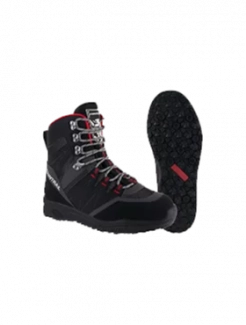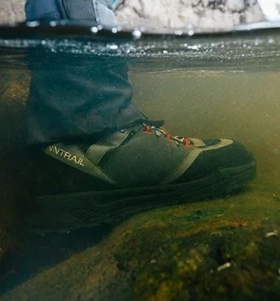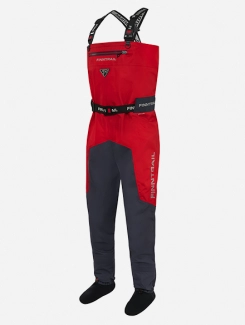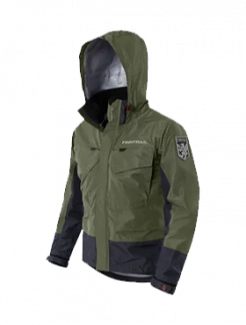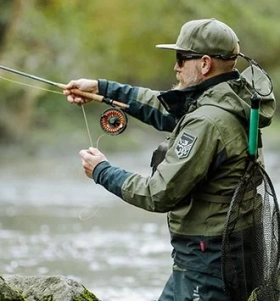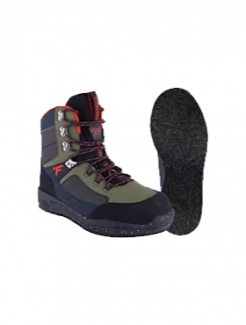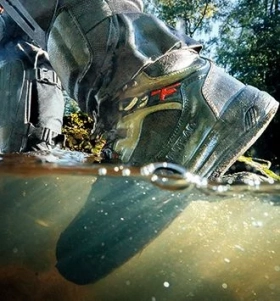How to Choose the Best Waders for Your Tasks
ATV riding is a popular recreational activity for people who love exploring the great outdoors. However, it can be a messy and wet experience, especially if you're riding through streams, mud, or wetlands. To stay dry and comfortable, you'll need a pair of waders. But different tasks demand unique protection.
So, before heading out for an adventure mudding or simply riding on a day when you might encounter rain, you should understand the pros and cons of different types of wading gear. Bootfoot or stockingfoot, neoprene or membrane? In this article, we'll compare these options to determine the best waders for ATV riders.
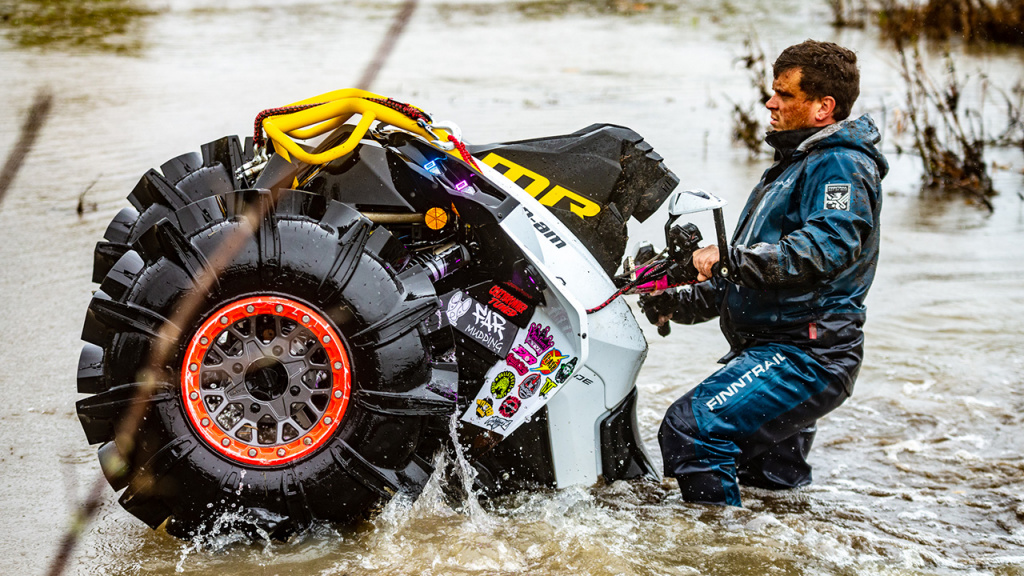
Bootfoot vs. Stockingfoot Waders for ATV Riders
For years, bootfoot waders were the only option available. They are the ones that look like rubber overalls, and they were originally designed for anglers who wanted to submerge themselves in the waters they were fishing.
This is a convenient option for ATV riders who don't want to carry extra shoes or boots. However, the downside of bootfoot waders is that the boots can be heavy and bulky, which can make it difficult to move around freely. Additionally, the boots are often made of rubber, which can cause your feet to sweat and feel uncomfortable.
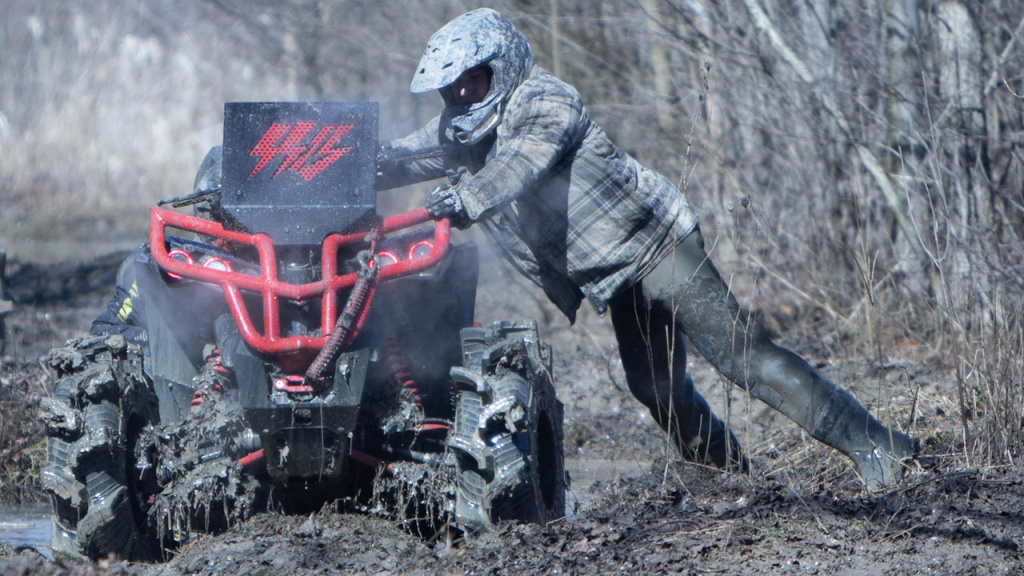
To ensure a better comfort and safety on the trails, the powersports gear industry has been innovating, and smarter waders have been born. They are called stockingfoot waders because the wader itself has neoprene stockings hermetically attached to the bottom for a perfect seal. You have to purchase wading boots to cover those to have a full set of waders. Protective gaiters fit tightly over the boots with elastic bands to keep sand, mud, and grit from entering the boots from the top.
The little bit of extra trouble associated with stockingfoot waders provides you with a more customizable fit and better protection in a variety of ways. This option is lighter and more flexible than bootfoot waders, which makes it easier to move around. Wading boots are also more comfortable and breathable than rubber boots, which means your feet will stay dry and sweat-free.
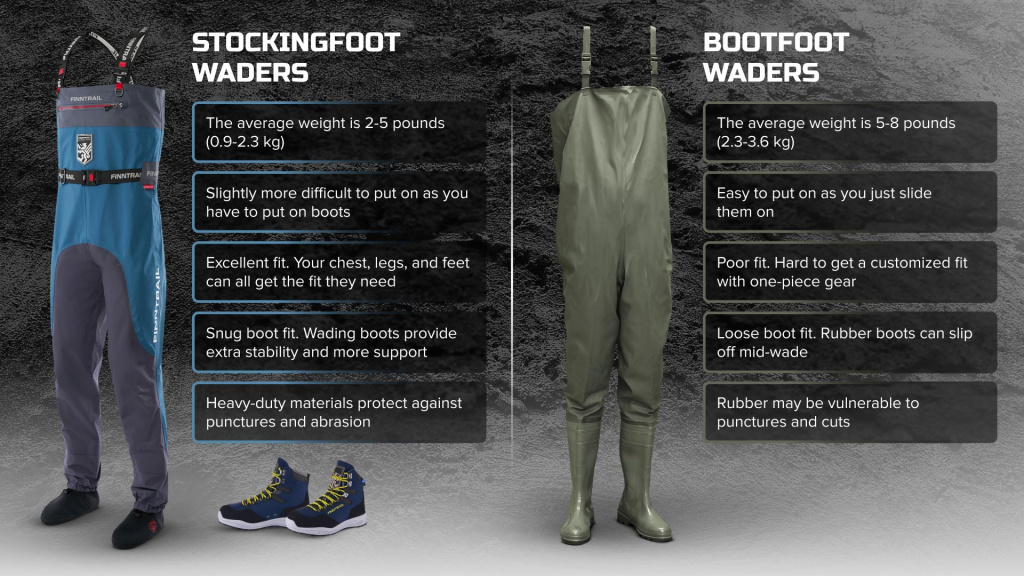
Neoprene vs. Membrane Waders for ATV Riders
Now let's look at the two main materials used in waders: neoprene and membrane.
Neoprene is a thick, insulating material that's ideal for cold weather. It is stretchy, which makes it easy to move around in, and it's also waterproof. However, neoprene waders can be heavy and bulky, which can make it difficult to move around freely. They're also not breathable, which means you're more likely to sweat.
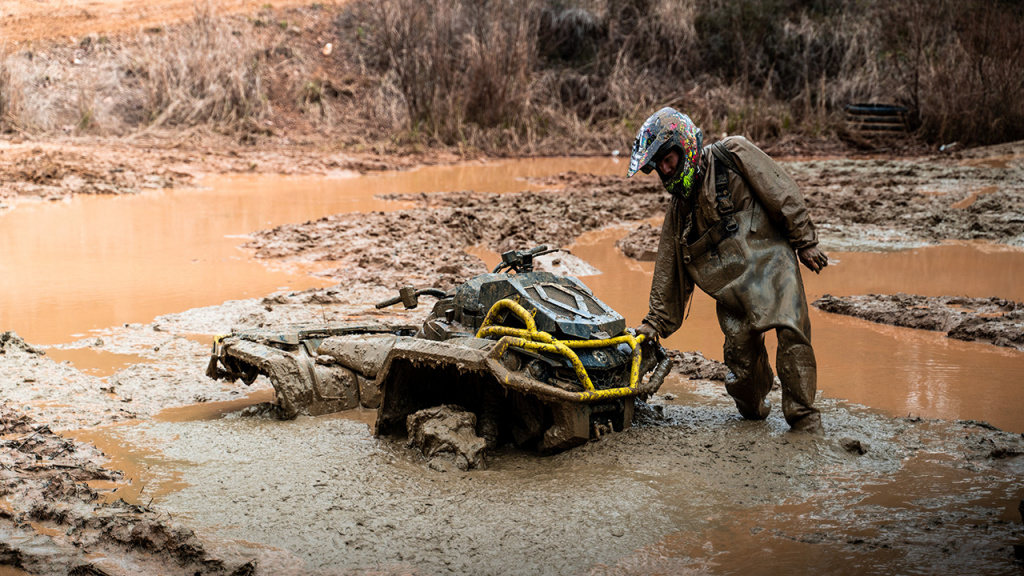
Membrane waders are made of a lightweight, breathable fabric that's designed to keep you dry without making you feel too hot or sweaty. The material is waterproof and windproof, yet breathable, which means it allows moisture to escape. Membrane waders are less bulky than neoprene waders, which makes them more comfortable to wear for extended periods.
Overall, membrane waders are the better choice for ATV riders and provide better value for your money. They offer better breathability, comfort, and versatility. When properly cared for, membrane waders will last a long time and be able to be worn in a wide variety of situations.
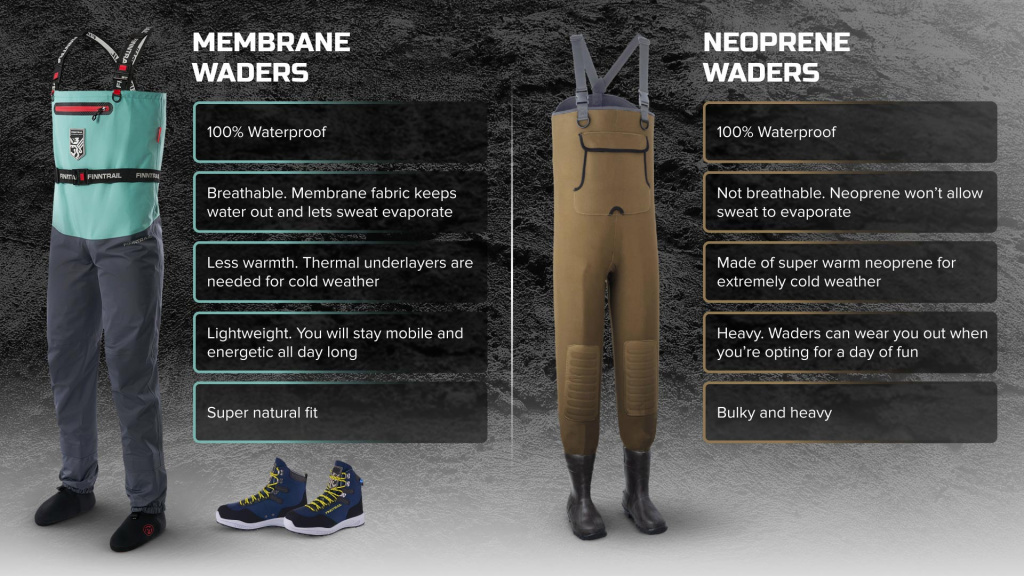
Why Membrane Stockingfoot Waders are the Best Choice for ATV Riders
When it comes to choosing between bootfoot and stockingfoot waders for ATV riders, the answer depends on your specific needs and preferences. In almost every situation, membrane stockingfoot waders are the best choice for ATV use. They were designed with off-roading in mind while traditional bootfoot waders were invented for angling. This means they address the needs of the off-roader, the mud and water that ATVers will encounter, the stress on the waders when riding, and the protection needed for riding.
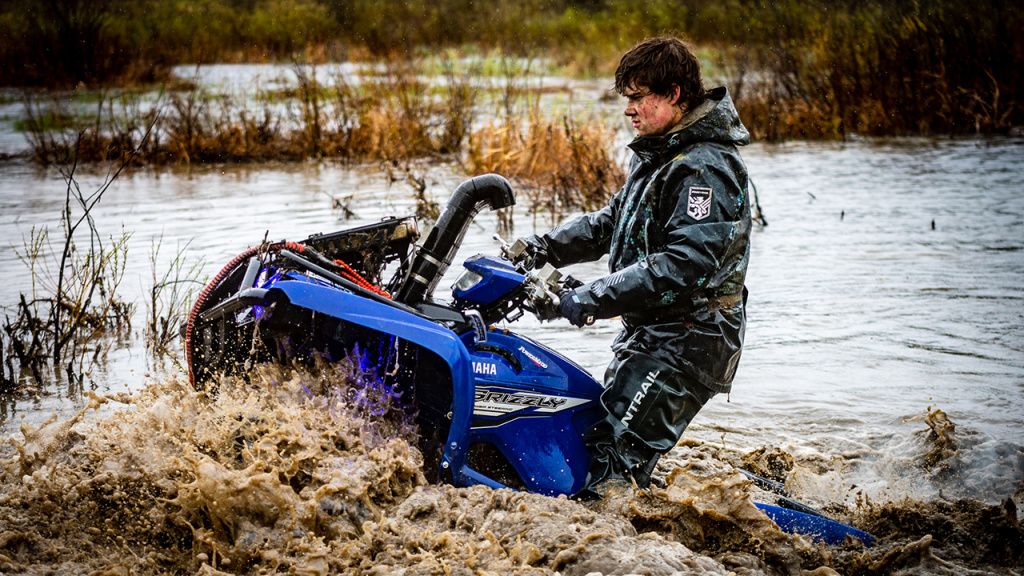
If you’ll be mudding, breathable stockingfoot waders are the best mudding waders because they offer better traction, the boots are more likely to stay on your feet rather than get stuck in the mud. They won’t let sweat accumulate under your layers, and they’ll give you lightweight, effective protection from the mud.
Another significant advantage of membrane stockingfoot waders is that they are easier to pack and transport. Compared to bootfoot waders, they take up less space, which is ideal if you're limited on storage or traveling to your ATV riding location. Additionally, the separate wading boots can be removed, cleaned, and dried separately, which reduces the chance of unpleasant odors or bacteria growth.

When choosing waders, don’t forget to consider things like:
- water and mud-resistant zippers
- fewer seams
- water-resistant pockets
- tape covering the seams
- anatomical cut
- articulated knees
- an adjustable belt
These features will help you find the best possible ATV riding waders, so you can enjoy your off-road experience, even when the terrain gets wet and muddy.

